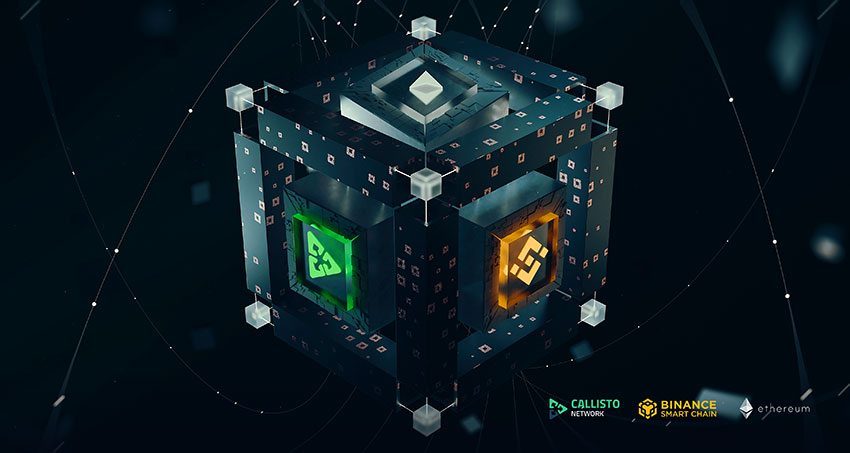Blockchain bridges allow users to move their assets between blockchains easily. An asset present on multiple blockchains increases its visibility and the underlying project’s visibility among the crypto community.
It’s another way to increase the usage and adoption of an asset.
What is a Blockchain Bridge?
A blockchain bridge is a connection between two blockchain platforms. Although the chains may have different protocols, the bridge provides a secure transfer of information and value between the chains; this is called interoperability.
Interoperability can therefore include the transfer of tokens between independent platforms, and as every platform has its pros and cons, interconnecting two chains reduces the barriers to innovation, business opportunity, and trading.
Finally, blockchain bridges allow dApps for more application decentralization, as their original network no longer limits them.
“Blockchain interoperability is the ability to exchange data with other platforms, including those running different types of blockchains, as well as with the off-chain world ” – EU Blockchain Observatory and Forum, 2019.
Wrapped Coins and Tokens
To swap native coins and tokens from one chain to another, we use wrapped tokens. Real assets back these tokens on public addresses, so anyone can verify that a 1:1 ratio is met.
The process is relatively simple; when a user swaps assets between blockchains using a bridge, those assets are not moved but rather “frozen” on the native blockchain via a smart contract. Then, an equal amount of new tokens are created on the receiving blockchain. Once the user wants to redeem the tokens, the equivalent amount of wrapped tokens is burned, and the original assets are unlocked. This process prevents the assets from being used on both chains at the same time.
Callisto Bridge

Callisto Bridge is a cross-chain feature designed to increase interoperability between Callisto Network, Binance Smart Chain, and Ethereum blockchains.
Callisto Bridge will allow users to:
- Move Callisto Network native coin (CLO), and tokens (CLOE, SOY,…) to their equivalent on Binance Smart Chain and Ethereum, or vice versa.
- Run Callisto ecosystem dApps on Binance Smart Chain and Ethereum platforms.
Interoperability between chains is key in the DeFi ecosystem. We believe that a cross-chain bridge will open new perspectives to Callisto Network as a blockchain, but also allow it to expand its user base and liquidity.
The Callisto Bridge is free of charge. Only the transaction fees between the blockchain network have to be paid.
Security and Context
As we write, the $600 million hacks of Polynetwork bridge is becoming a hot topic. The leak of the private key seems to be the cause, and once again, compliance with security standards would have prevented such a hack.
In this context, we want to reaffirm that the safety of users’ funds is our first concern, which is why Callisto Bridge supports multisig authority, and to further enhance its security, we will deploy several authority servers, each one having a unique private key. To be approved, a transaction should have at least 80% correct signatures.
Callisto Bridge is currently live on testnet. To read its technical description, click here.
Miscellaneous
Our Most Popular Audit Reports.
Blockchain as Seen by Security Experts.
Callisto’s Security Department on Twitter to get our latest news and updates!

